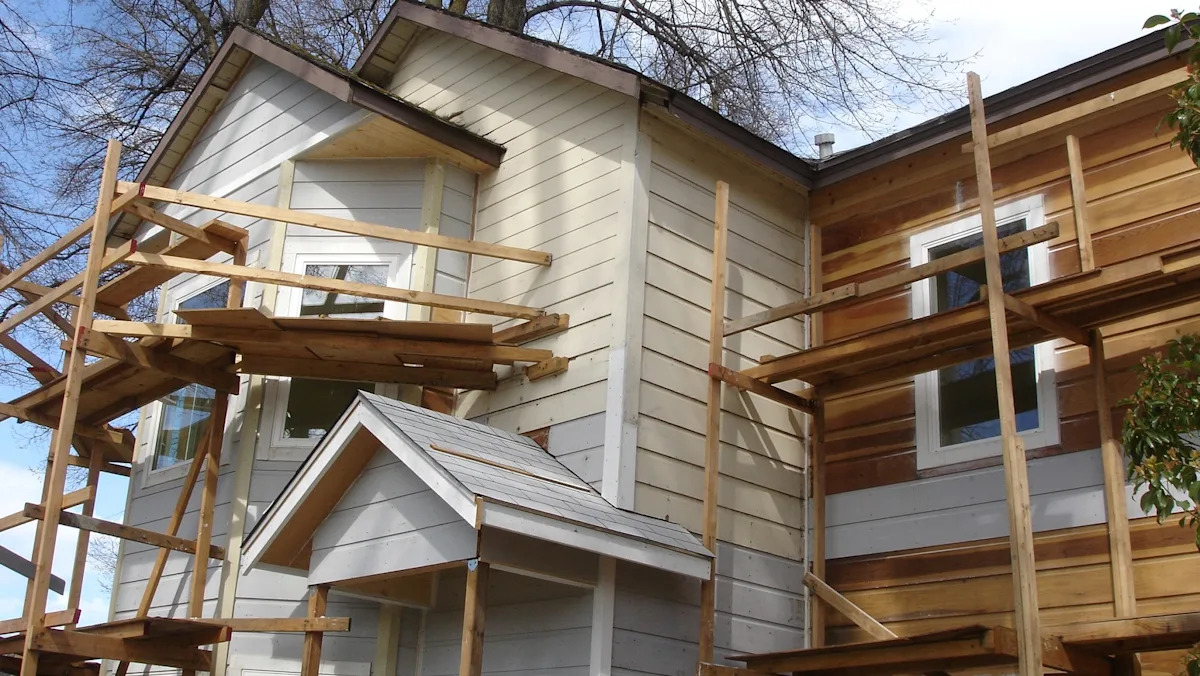J
uly 2025 saw the U.S. housing market slip into a period of weakness, with home‑price growth falling to its lowest level of the year and hinting at a broader cooling trend. The S&P Cotality Case‑Shiller National Home Price Index rose 1.7 % year‑over‑year in July, down from 4.1 % in January. On a month‑to‑month basis the non‑seasonally adjusted index slipped 0.2 %, the first decline of 2025 and well below the pre‑pandemic July average of a 0.5 % gain.
“The market has lost momentum,” said Thom Malone, principal economist at Cotality. “Midwestern cities still benefit from relative affordability, but most other regions are showing cracks as affordability pressures and rising insurance costs weigh on demand.”
**Regional shifts**
The slowdown is uneven. Cleveland and Chicago remain bright spots, posting 4.5 % and 6.2 % annual gains, respectively, and monthly increases that exceed their pre‑pandemic norms. Seven of the 20 cities tracked by the index recorded year‑over‑year price gains. Tampa led the declines with a 2.8 % drop, followed by Miami, San Francisco and Dallas, where prices fell more than one percentage point. Western markets bore the brunt of the pullback: San Francisco fell 0.9 % in a single month, the sharpest drop among major metros, while Seattle, Phoenix, Miami and Washington, D.C. also saw notable declines.
**Pressure across segments**
Weakness spanned all housing tiers. Low‑tier homes fell 0.2 %, mid‑tier 0.4 % and high‑tier 0.3 %. Only Chicago and Minneapolis posted gains across all price categories. The uneven performance suggests affordability dynamics are reshaping demand: inexpensive Midwestern metros continue to attract buyers priced out of coastal markets, while insurance premiums tied to climate risks erode demand in Southern and Western hubs.
**Inventory on the rise**
Listings are creeping higher, adding pressure on sellers who may need to concede after years of extraordinary price growth. Economists caution that a dramatic correction is unlikely without a significant external shock. “Without a major shock, any pullback is likely to be modest,” Malone said. “Falling interest rates and a gradual buildup of inventory may eventually reset the stage for renewed growth, but that turning point could be some distance away.”
**Looking ahead**
The Case‑Shiller data signals a fragile phase: the market is no longer in free fall, but it has lost the robust appreciation that defined the post‑pandemic era. With more metros slipping into negative territory, analysts expect 2025 to be a year of transition, where affordability and local fundamentals dictate performance more sharply than national averages.














